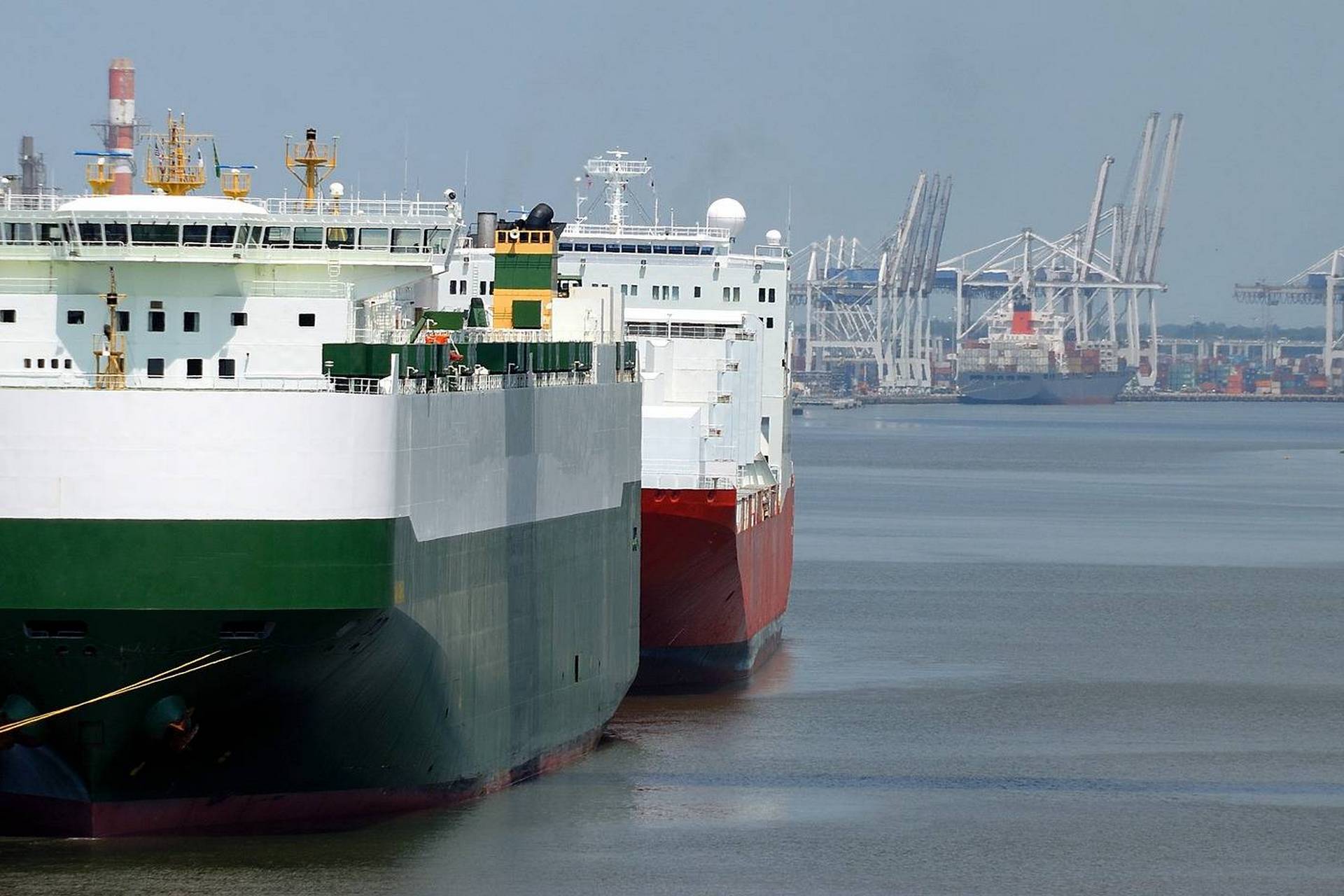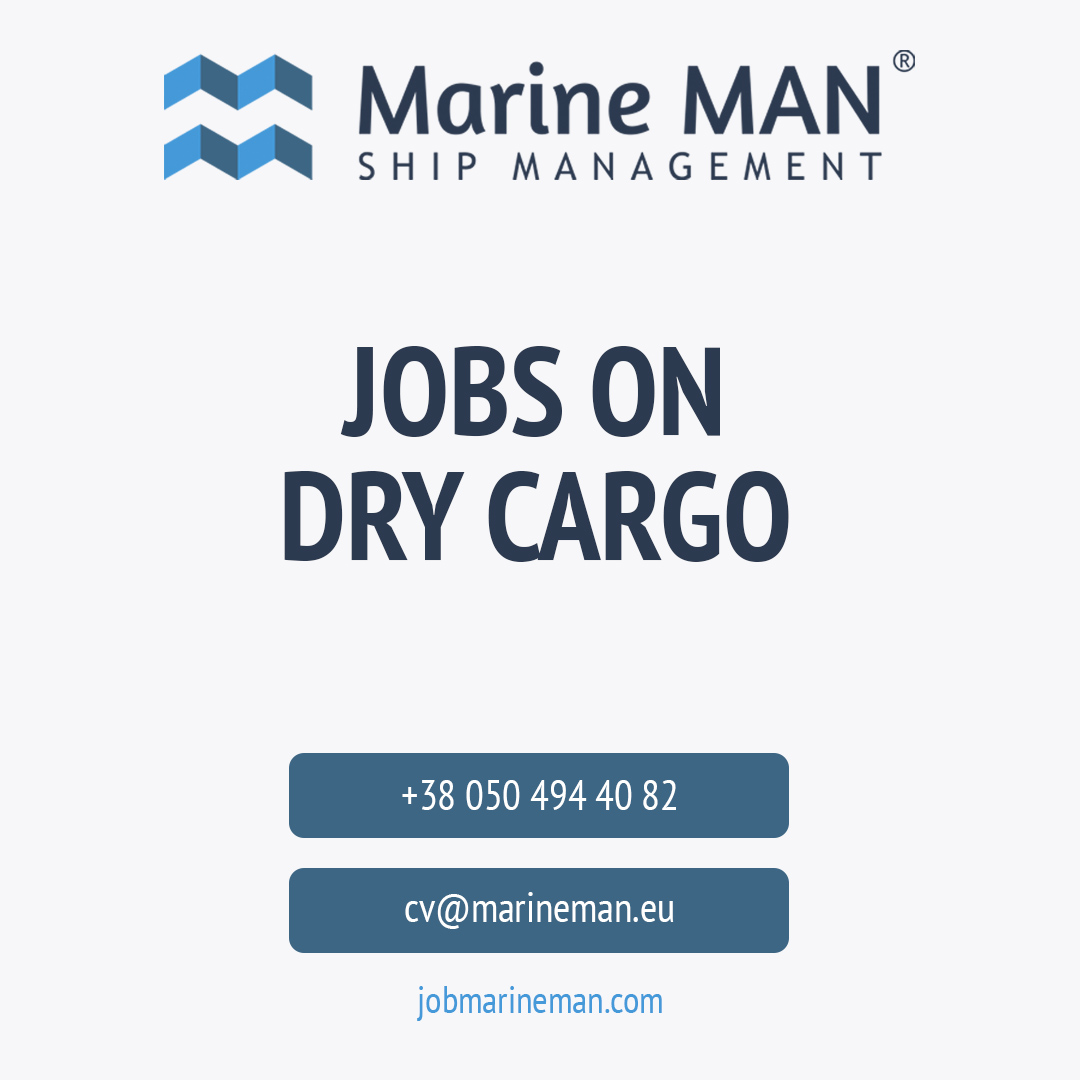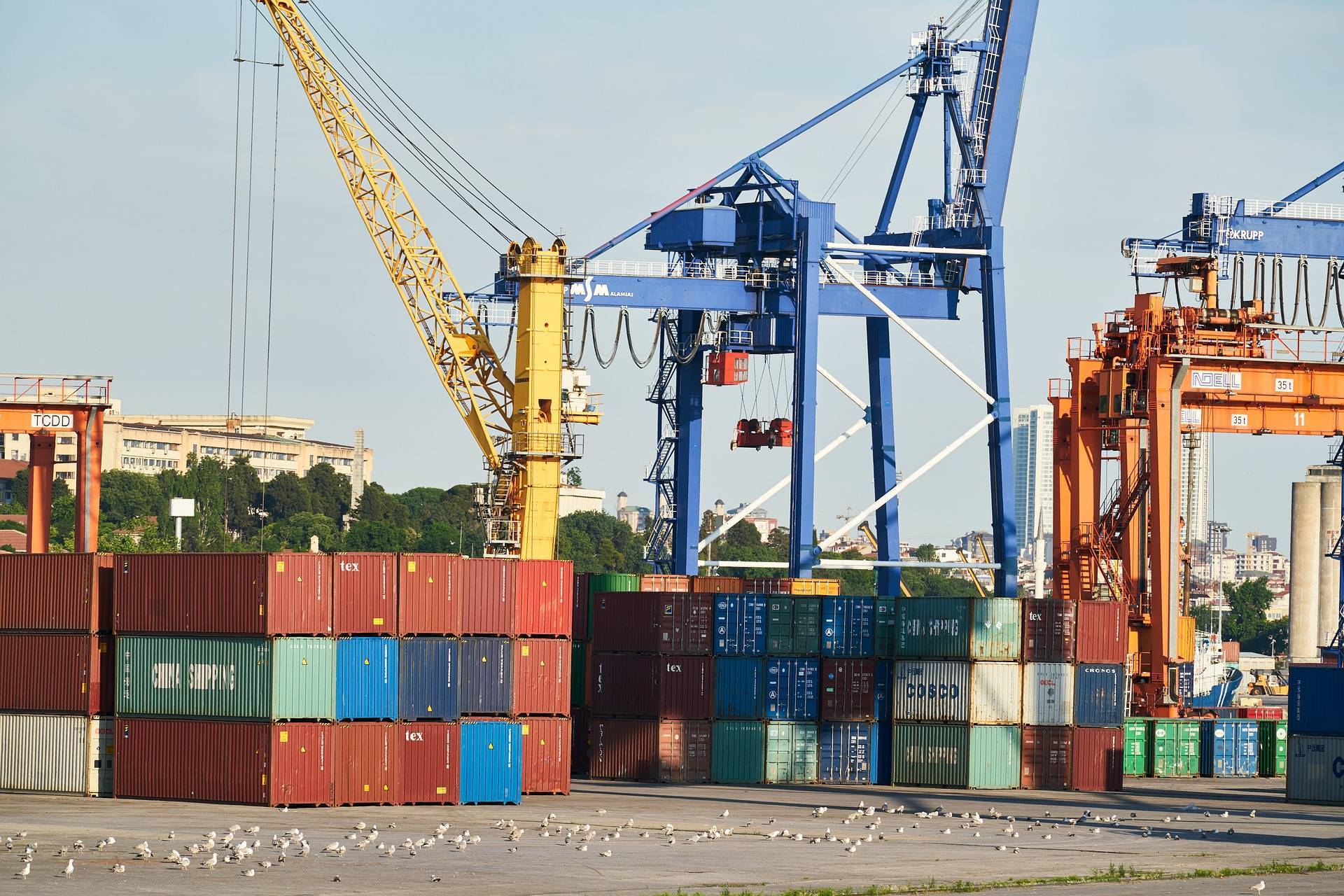Seafarer's uniform

Automatic translation
The question of dress is not a cornerstone among the maritime community, however it does sometimes arise among inexperienced seafarers. Its essence lies in the convenience, as well as the ergonomics of the form that the ship owner gives when entering the ship.
Question of form
In general, the question of form largely depends on the specialty of the seafarer. It is clear that for seafarers working in the engine room, the requirements for the uniform will slightly differ (or rather, seriously differ) from the requirements for the uniform of the commanding staff. Therefore, for, so to speak, "working" specialties, qualitatively different characteristics of uniforms will come to the fore.
It is important to note that now there are at least 3-4 companies in the south of Ukraine engaged in the selection and implementation of seafarers' uniforms. Moreover, this applies to both purely work clothes (overalls, jackets, etc.) and footwear. We will not now give the addresses of the sites of these companies, so as not to consider it an advertisement, but we will focus on the key characteristics.
The first thing to look for when choosing a shape is its durability. Agree, on a long flight, no one wants to end up with gaps in their uniforms due to frequent washing. Moreover, it is likely that the need for frequent washing will appear not so much due to contamination of the form from external sources, but from sweat (for example, if you work in the Tropics). Therefore, your form should not only be made of material that is very difficult to wear, it should also "breathe". In this regard, the advantage is in the sets consisting of one to three proportions of cotton and synthetics. Such garments are lightweight, highly wear-resistant and have little sensitivity to frequent washing at low temperatures.
The second point is shoes. Here, too, the choice depends on the place of work. As with land, the nature of the shoe is determined by the type of your activity. Do you think welders, because of their own stubbornness, wear closed boots with heavy protection? Of course not. Therefore, your choice of footwear should be based on the functions that you will have to perform. Naturally, in slippers or other open shoes, you will not be able to work on the ship, as this is contrary to safety standards. Thus, depending on the functions you perform, the choice most often falls on closed-toe sneakers or boots. In addition, seafarer's shoes are often accompanied by anti-slip soles, since due to the constant exposure to water on the surface of the ship, the likelihood of an accident due to slippage increases many times over.
 Shoes with anti-shock insole
Shoes with anti-shock insole
Nowadays, footwear with a so-called "anti-shock" insole is gaining popularity. You can buy it separately, but shoe companies that produce specialized shoes often supplement their products with such an insole in any case. This is a special type of shoe accessories that allows you to reduce or lighten the stress on the foot and tendons, thereby preventing the occurrence of injuries. This is of particular importance for seafarers of all specialties, since most of the work at sea for any seafarer takes place on his feet. This type of footwear is designed to stabilize the position of the foot, reduce the load on the knee joints and tendons, and damp the shock when walking.
We have now deliberately kept silent about the options for the naval dress uniform, since you can find them in significant quantities on the Internet, for every taste and at a convenient price. Once again, we emphasize the fact that you need to choose your work uniform, based on the working conditions at sea and the region where this will take place.



